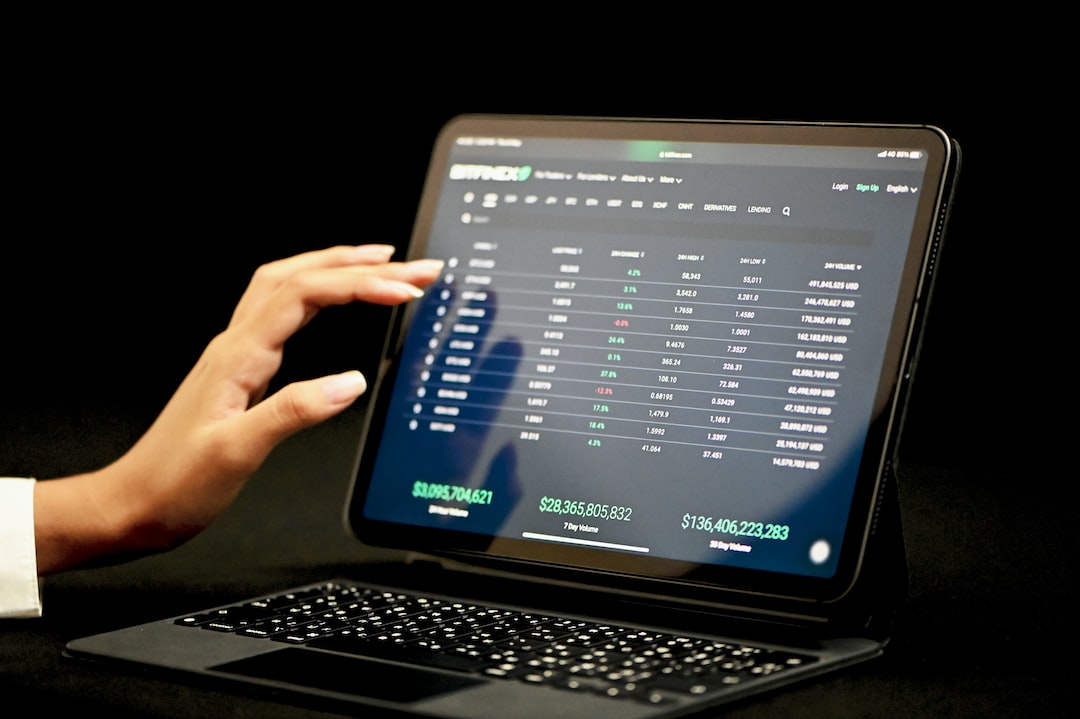Uganda Forex Rates: Comparing Different Exchange Rate Providers
In the world of forex trading, exchange rates play a crucial role. Exchange rates determine the value of one currency in relation to another, and they can fluctuate rapidly due to various factors such as economic indicators, geopolitical events, and market sentiment.
For traders in Uganda, it is essential to have access to accurate and up-to-date forex rates. This is because small differences in exchange rates can have a significant impact on trading profits or losses. Therefore, choosing the right exchange rate provider is crucial for forex traders in Uganda.
There are several exchange rate providers available in Uganda, each offering different rates and services. In this article, we will compare some of the most popular exchange rate providers in Uganda and discuss the factors to consider when choosing the best provider for your trading needs.
1. Commercial Banks: Commercial banks are the primary source of foreign exchange in Uganda. They offer exchange rates based on market conditions and can provide both spot and forward exchange rates. While commercial banks are convenient and widely available, their rates may not always be the most competitive.
2. Forex Bureaus: Forex bureaus are specialized financial institutions that offer foreign currency exchange services. They are regulated by the Bank of Uganda and provide competitive exchange rates. Forex bureaus are easily accessible and can be found in major towns and cities across Uganda.
3. Online Forex Platforms: Online forex platforms have become increasingly popular in recent years. They offer real-time exchange rates and provide traders with access to various currency pairs. Online platforms often offer competitive rates and additional features such as charting tools and technical analysis.
When comparing different exchange rate providers in Uganda, here are some factors to consider:
1. Exchange Rate Accuracy: The most crucial factor to consider when comparing exchange rate providers is the accuracy of their rates. Look for providers that offer real-time rates that are updated frequently throughout the trading day. Accurate exchange rates are essential for making informed trading decisions.
2. Competitive Rates: Another important consideration is the competitiveness of the rates offered by the provider. Look for providers that offer rates that are close to the interbank rates or the rates offered by major global banks. Competitive rates can significantly impact your trading profits.
3. Accessibility: Consider how easily accessible the provider is. If you prefer to trade in person, commercial banks and forex bureaus may be the best options. If you prefer online trading, look for reputable online platforms that offer user-friendly interfaces and reliable customer support.
4. Additional Services: Some exchange rate providers offer additional services that can enhance your trading experience. These services may include charting tools, technical analysis, market news, and educational resources. Consider whether these additional services are important to you when choosing a provider.
5. Reputation and Regulation: Finally, consider the reputation and regulation of the exchange rate provider. Look for providers that are regulated by the Bank of Uganda or other reputable financial authorities. Also, consider reading reviews and testimonials from other traders to gauge the provider’s reliability and trustworthiness.
In conclusion, choosing the right exchange rate provider is crucial for forex traders in Uganda. Consider factors such as exchange rate accuracy, competitiveness, accessibility, additional services, reputation, and regulation when comparing different providers. By selecting the best provider for your trading needs, you can ensure access to accurate and competitive exchange rates, enhancing your trading experience and potential profits.


















































